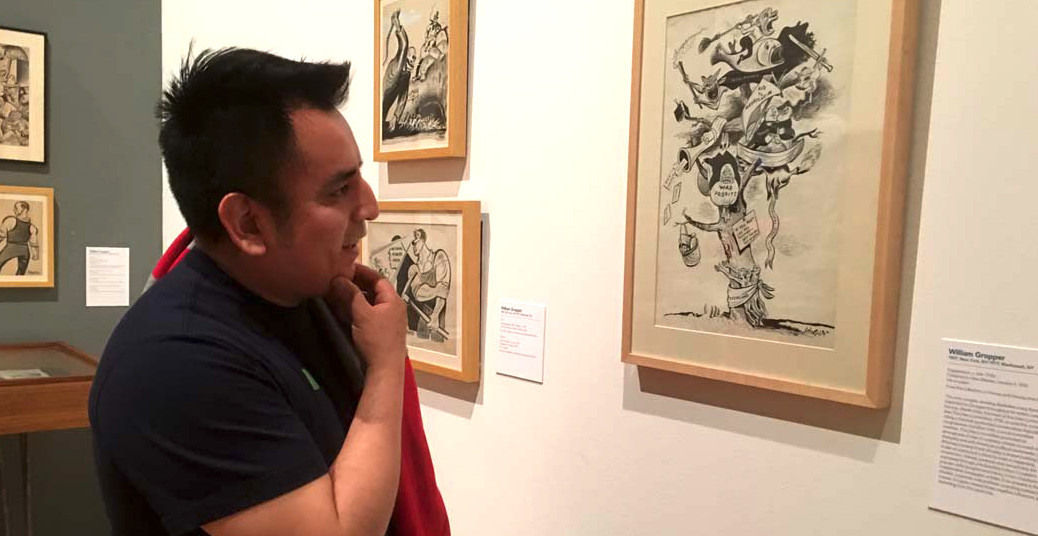Last Saturday, May 7th, our class met at the Museum. We started class by having each student take an instant picture, a Polaroid, in front of their favorite exhibit—we would not use the picture until a later activity. We then walked over to the Bearing Witness Drawings by William Gropper exhibit. Instead of explicitly presenting the works of Gropper to them, our students were encouraged to take an introspective tour for themselves and to formulate thoughts and questions for our class discussion.
During our class time our students were presented with English to Spanish cognates; it was great to help them realize that there are hundreds of words they already know, giving them a huge advantage in their English learning journey. Of course, the downside to this is that our brains are so habituated to pronouncing these words in our native tongues that enunciating them in English becomes quite the challenge, which is why we delved into a serious phonetics exercise. Then, the students were presented with the task of forming coherent sentences with these cognates—it was a very insightful exercise for us all.
Thereafter, our students were formally introduced to William Gropper, a painter, printmaker, political cartoonist, visual editorialist and social activist who dedicated his artistic career to exposing the social injustices he grew up around. Gropper was the son of Jewish immigrants who labored in sweatshops. This opened up an interesting class discussion about the word ‘sweatshop’ and the difficulties immigrants affronted in the past and the ones they encounter in the present. We then discussed how Gropper was accused of communism during the McCarthy administration—leading him to express his frustrations by emulating Goya’s Los Caprichos, depicting late 18th-century Spain and its discontents, for his series, The Caprichos, which illustrated the persecuting and judgment he suffered during those years. Again, a recurring theme in our workshops resurfaced: how artists have managed to turn their frustrations into symbolic works or art. Our students then discussed their notions of communism and told the stories of the political climate they experienced in their homelands.
As our final activity students were asked what they thought William Gropper was inspired by, the answers were fantastic: “He was inspired by the world.”, “He was inspired by the Nazi regime.”, “He was inspired by social injustice.”, and “He was inspired by the economy”. Then our students were asked to answer the following questions: What are you inspired by? What have you born witness to? What kind of artist are you? What kind of person were you? What kind of person will you be? How has being an immigrant changed your life? But instead of writing these down, they were handed the Polaroid picture that was taken of them in the beginning of class to use in a collage as the depiction of their present and to use other material (magazines, strings and words) to fill in their past and the possibilities for their futures!
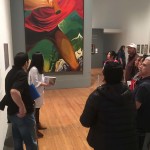
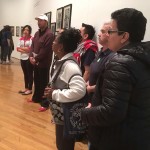
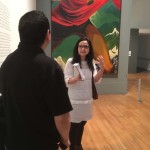
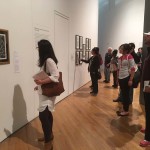
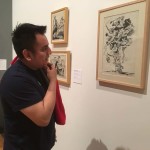
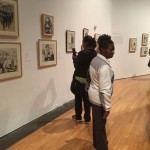
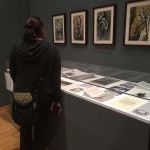
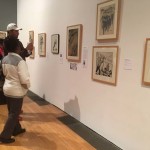
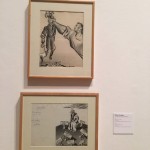
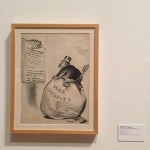
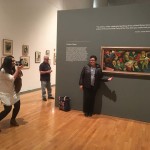
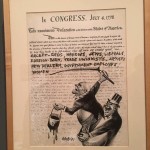
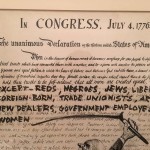
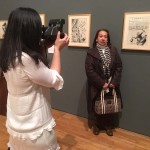
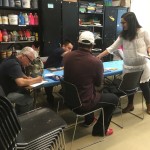
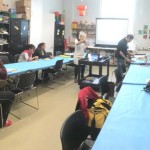
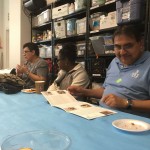
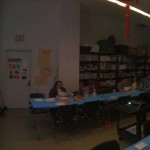
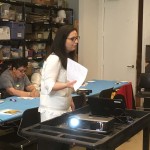
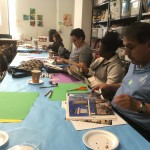
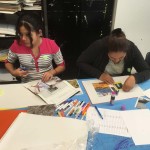
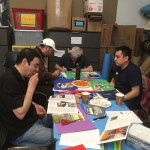
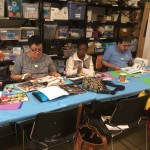
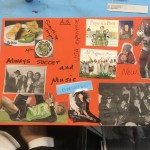
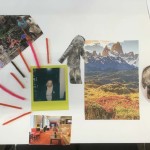
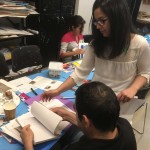

 New New Yorkers
New New Yorkers